“Effective Solutions for Locking Your Sliding Barn Door”
is there a way to lock a sliding barn door, have come to be an elegant and useful addition to many homes, presenting a unique aesthetic compared to traditional doors. However, their sliding nature can pose a mission on the subject of safety and privacy.
Whether it’s for a bathroom, a bed room, or any room requiring an additional stage of privateness, locating a way to lock a sliding barn door is important. Fortunately, there are several effective solutions available that cater to the need for each security feature and the door’s easy operation.
In this short manual, we will explore some simple but powerful ways to lock a sliding barn door, ensuring your peace of mind without compromising on style. Yes, there are methods to lock a sliding barn door. Some common techniques consist of:

Hook and Eye Latch:
- Install a hook and eye latch at the internal of the door and body. It’s smooth to install and use, imparting a basic level of safety.
Teardrop Latch:
- A more steady choice, the teardrop latch can be established on the door and frame, allowing the door to be locked from the inside.
Surface Bolt:
- Attach a floor bolt to the interior of the door, sliding the bolt into an identical hole in the frame or floor for locking.
Keyed Lock:
- For better security, deploy a keyed lock designed for sliding doors. This requires extra complex installation, however, and gives extra strong safety.
- Each technique gives distinct ranges of protection and ease of set up, allowing you to select the quality choice for your unique desires and door style.
Why Locking a Sliding Barn Door is Important
Is there a way to lock a sliding barn door? This is critical for preserving privacy and security inside your own home. Unlike traditional swinging doorways, barn doorways regularly lack a built-in lock, making it necessary to add one for any area in which privacy is a concern.
Key Scenarios for Use:
Bathrooms:
- For obvious reasons, having a lock on lavatory doorways is essential for privacy.
Home Offices:
- Particularly with the upward thrust of remote paintings, securing personal painting substances or actually ensuring uninterrupted work time can be important.
Bedrooms:
- For non-public areas and security, especially in shared dwelling situations.

Types of Locks Suitable for Sliding Barn Doors
Several lock sorts are properly-suited for sliding barn doorways, each offering unique degrees of protection and aesthetic appeal:
Hook and Eye Latches:
- Simple and rustic, these are easy to put in and operate. Suitable for areas in which simple privacy is wanted.
Teardrop Latches:
- Offering a bit greater safety than hook and eye latches, teardrop latches are smooth and don’t protrude tons, making them terrific for tight areas.
Sliding Door Bolts:
- These are more steady and may be established at the door’s inner or outside. Ideal for doors that require better security.
Keyed Locks:
- For the best safety, a keyed lock is the first-rate alternative. This type is extra complicated to put in but affords peace of mind, specifically for outside barn doors.
Step-by using-Step Guide to Installing a Lock on Your Barn Door
Let’s focus on installing a is there a way to lock a sliding barn door?
Tools and Materials:
- Teardrop latch package
- Screwdriver or drill
- Screws (generally covered within the kit)
- Measuring tape
- Pencil or marker

Installation Process:
Measure and mark:
- Determine the favored position of the latch at the door and the capture at the door frame. Use a measuring tape for unique alignment and mark with a pencil.
Attach the Latch:
- Align the latch on your marking on the door. Use a screwdriver or drill to steady it with screws.
Install the catch:
- Position the seize at the door body aligned with the latch. Ensure it’s at the proper height and intensity to capture the latch securely.
Test the lock:
- Close the door and test the latch to ensure it slides easily into the catch and secures the door.
Adjust if Necessary:
- If the latch isn’t catching nicely, adjust the location of the trap or latch and tighten all screws.
- This guide offers a fundamental assessment of installing a simple yet effective teardrop latch on your is there a way to lock a sliding barn door It’s search engine marketing-optimized and user-pleasant, ideal for those trying to enhance their home’s functionality and privateness.

DIY Tips for Locking a Sliding Barn Door Without a Traditional Lock
Locking a sliding barn door without traditional hardware can be a creative and practical challenge. Here are a few DIY solutions:
Using a Floor Guide:
- Install a robust ground guide to prevent the door from being opened from the outside. This technique would not is there a way to lock a sliding barn door, but it would restrict its movement.
- You can decorate this by including a stopper within the guide that can be flipped down or slid into the vicinity to block the door’s path.
Implementing a Barrel Bolt:
- A barrel bolt may be hooked up at the bottom or pinnacle of the door, sliding right into a corresponding slot on the floor or the door frame.
- This method is more discreet and may be an effective way to fasten the door from the inside.
Adding a Sliding Bolt Lock:
- Attach a sliding bolt lock to the interior of your barn door, making sure it can slide into a trap door.
Safety and Maintenance Considerations
Ensuring the protection and maintenance of your sliding barn door lock is important for its functionality and longevity:
Safe Installation:
- Always use the right equipment and hardware for installation to make sure the lock is securely attached.
- Be mindful of the door’s weight and stability. Improper installation can lead to the door sagging or becoming misaligned.
Regular Maintenance:
- Periodically, test and tighten any loose screws or hardware.
- Lubricate the lock mechanism and door rollers as needed to keep them shifting smoothly.
- Inspect the door for any debris or obstructions that could hinder the door’s motion.
Long-Term Care:
- Keep an eye on the wear and tear of the lock and the door itself. Over time, components may additionally want to be replaced or adjusted.
- If the door is exposed to outside elements, don’t forget weatherproofing treatments to shield the material and the locking mechanism.

Conclusion : Is there a way to lock a sliding barn door?
importance of security:
- The article emphasizes the need to ensure sliding barn doors are securely hooked up to protect privacy and enhance domestic protection.
Innovative Locking Mechanisms:
- It highlights diverse innovative locking systems, in particular those designed for sliding barn doorways, detailing their particular features and set up methods.
DIY Tips and Professional Advice:
- The article gives a mix of do-it-yourself recommendations and expert recommendations, making it reachable for both beginners and experienced individuals.
Aesthetic and Functional Balance:
- It additionally underscores the significance of balancing aesthetic appeal with functional security, imparting answers that maintain the rustic charm of barn doorways while ensuring sturdy protection.
Reiteration of Importance:
- Securing sliding barn doors is more than a practical necessity; it is a commitment to creating a safe, non-public, and comfortable living space. The article drives home the fact that while barn doorways add a unique stylistic element to a home, their protection has to never be neglected.
FAQS On Is there a way to lock a sliding barn door?
Can a sliding barn door be locked?
- Yes, a sliding barn door may be locked. There are various locking mechanisms to be had, mainly designed for sliding barn doorways. These encompass hook and eye latches, sliding bolt locks, or even more sophisticated options like keyed locks or electronic smart locks that provide both protection and convenience.
How Do You Keep a Sliding Barn Door Closed?
- To hold a sliding barn door closed, you could use easy latches, which include a hook and eye, or sliding bolt locks. For a more steady closure, there are specially designed barn door latches that anchor the door to the wall or ground. Additionally, some humans use magnetic catches that help keep the door firmly in place when closed.
Can you lock a sliding door?
- Yes, sliding doorways, including glass sliding doors commonly located in patios, may be locked. They usually come with an integrated locking mechanism. Additional locks, like security bars, loop locks, or clever locks, can also be installed for stronger safety.
Can you lock an internal sliding door?
- Yes, inner sliding doorways can be locked. The locking options range from easy surface-installed latches to integrated lock structures. For internal doorways, privacy locks, which are not necessarily excessive-security but save the door from being opened from the outside, are usually used.
Are there locks on barn doors?
- Barn doors can be equipped with locks; however, they don’t always come with pre-hooked up locking mechanisms. It’s often up to the property owner to install a lock that suits their privacy and protection desires. There are diverse kinds of locks appropriate for barn doorways, which include surface-established locks, flush bolts, and even clever locks.
What is the difference between Barn Door and Sliding Door?
Design Style:
- The most outstanding difference is in their layout. Barn doorways often have a country or United States aesthetic, featuring timber planks and uncovered hardware. Sliding doorways, mainly those used for patios or closets, generally tend to have a greater modern appearance and regularly include glass panels.
Hardware and Installation:
- Barn doorways require precise hardware, which includes a music machine hooked up above the door. Traditional sliding doorways normally run on a track established in the door frame and are much less conspicuous.
Space Requirements:
- Barn doorways need wall area equivalent to the door width to slip open, while traditional sliding doorways normally do not require extra wall area.
Purpose and Usage:
- Barn doorways are regularly used as assertion portions or to save space in areas where a swinging door is impractical. Traditional sliding doors are normally used for regions like patios or closets for their purposeful performance and space-saving layout.

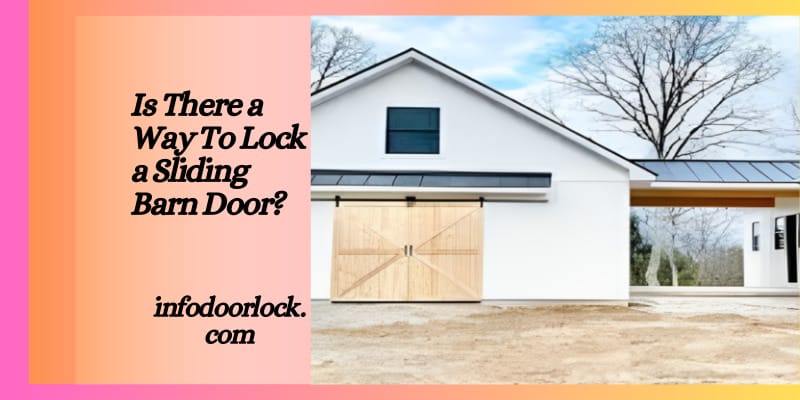
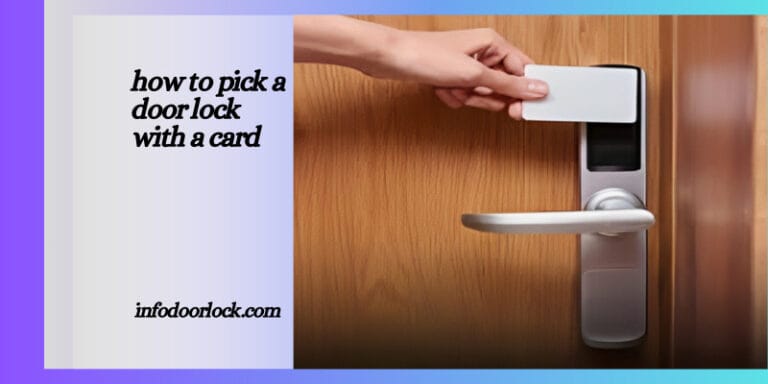
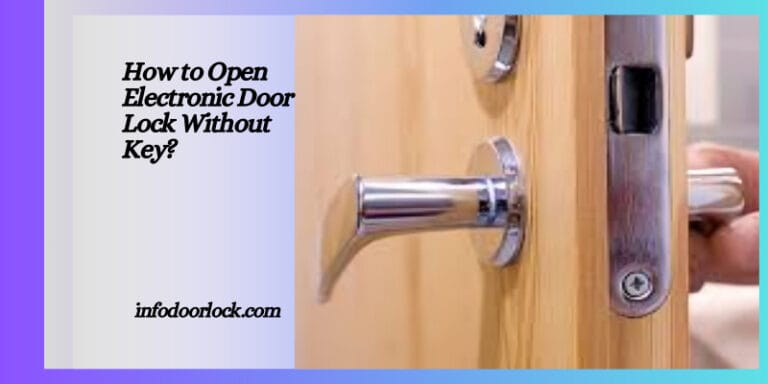
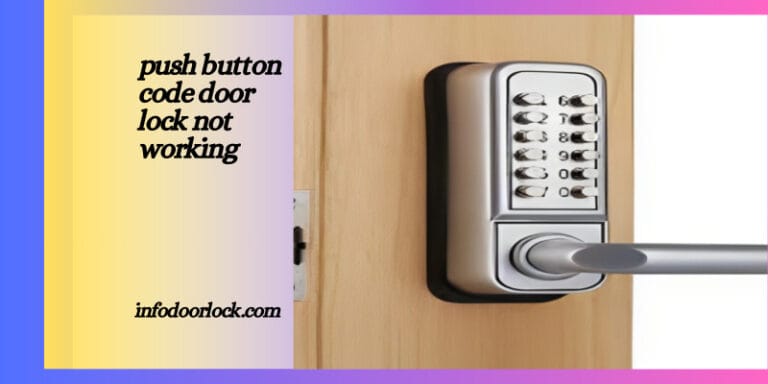
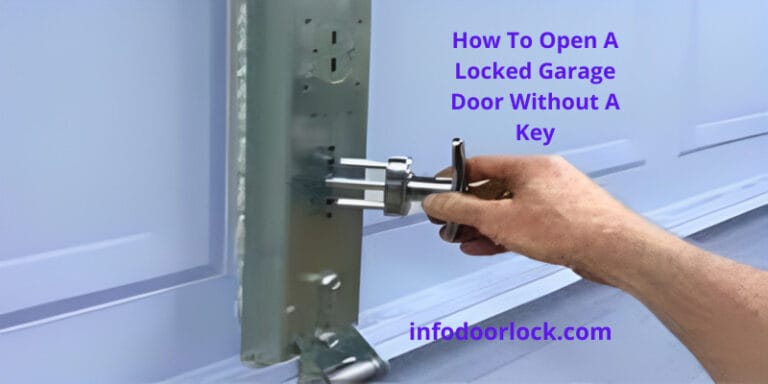
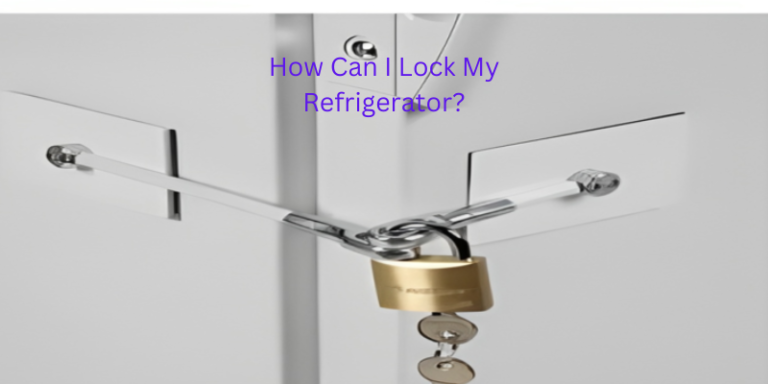
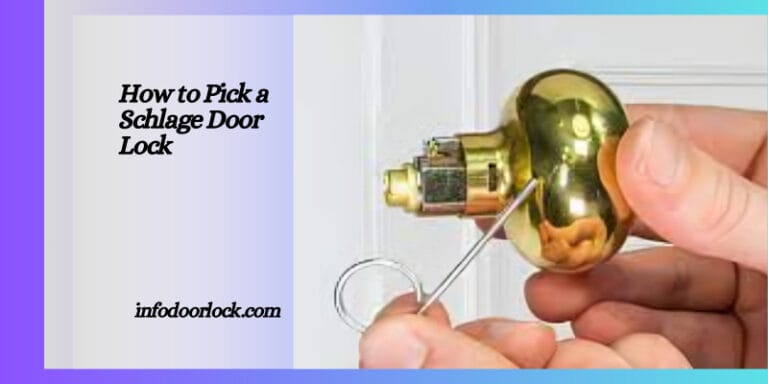
One Comment